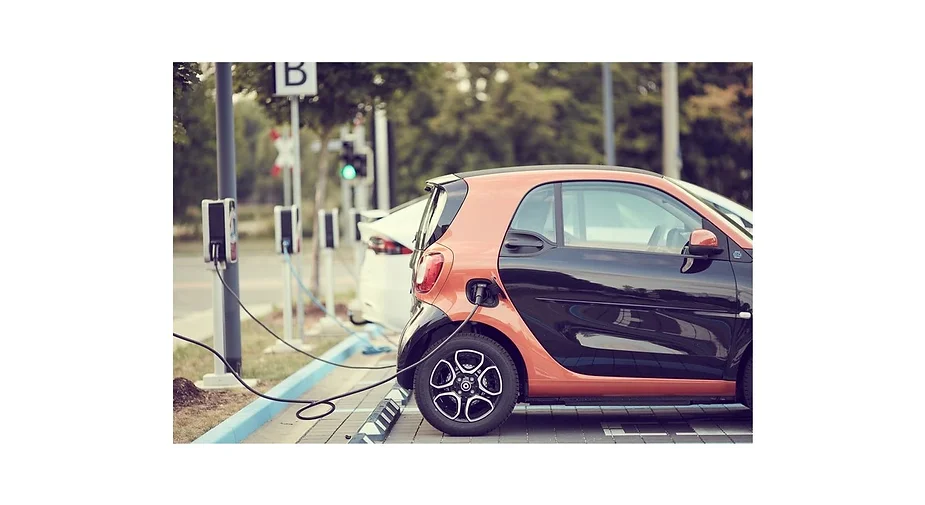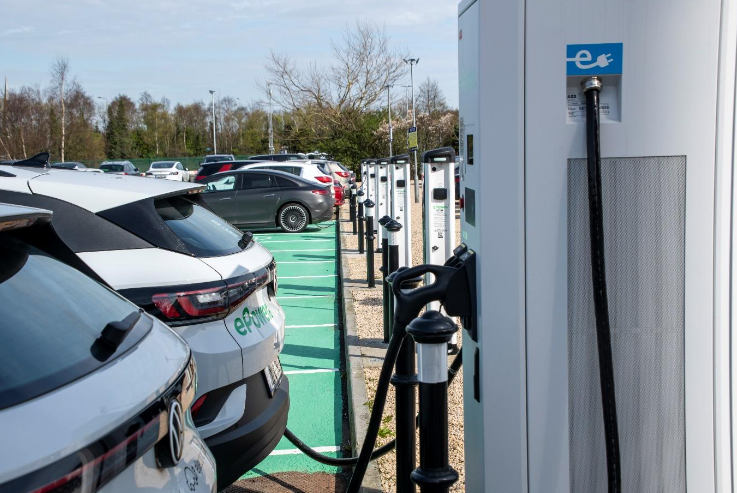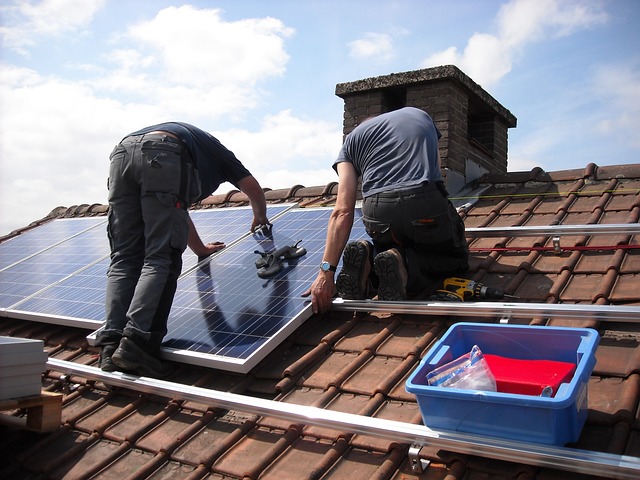The electric car industry is booming, and employers need to take notice. Staff who have made the switch to clean driving are attracted to companies that offer workplace EV charging and facility managers need options to appeal to the top talent.

Investing wisely in a range of EV charging equipment ensures that there are no weak spots. All staff can make use of this valuable perk, no matter what EV they drive, or what working pattern they choose. Make sure you don’t get left behind – provide charging facilities that have everything covered.
It makes sense to provide different charging speed options in the workplace
EV chargers come in a range of different charge speeds. A slow-charging, 7kw facility can take 4 to 5 hours to recharge a vehicle, whereas a rapid charger can do the same job in around 20 minutes. Why doesn’t everyone simply opt for the quickest chargers? Well, it comes down to price and the faster units are more expensive to purchase and install. Most people spend 30% of their time at work so if you have employees who stay at the office all day, then the slower chargers are probably sufficient. If, however, you have staff who use their cars several times throughout their shift and rarely stop in one place for long, then the quicker chargers are essential. Make sure that you don’t invest in equipment you don’t need. Consider installing a mixture of both slow and rapid chargers at a workplace. That way all needs are met while keeping costs down as much as possible.
Add portable EV charging at the workplace to offer Facility Managers more options
There are 2 main types of EV charging points – fixed and portable/mobile. Fixed charging points require a permanent parking spot that is allocated to electric vehicles. A portable charger can be moved around when it’s needed and stored away when not in use. Why is it a good idea to have options? Fixed charging points have some drawbacks that can be resolved with a mobile charging device. One problem with fixed chargers is that the parking bay needs to be freed up for the next user. Vehicle owners often forget to move their cars when they are working, squatting in a place that blocks the use of the charger. Having an additional portable charger means that re-charging can be completed more flexibly – the unit can be wheeled between cars when needed. If you have a visitor whose vehicle is low on energy, offer a top-up without having to wait for a fixed charger to become available. A portable charger is a solution if you have sporadic peaks of charger use. If you have sufficient fixed chargers at your workplace most of the time, a mobile unit is there for those odd times when more employees than usual are on site.
Tethered or Untethered EV charging options?
Tethered EV chargers have Type 2 charging cables permanently attached. Vehicle users simply drive up to the charger, unravel the cable and plug it in. Untethered chargers have just the socket, so to charge, the vehicle owner needs to bring their cable. The cables can be kept in the car, and many cars come with the cable. Most cars and vans use Type 2 cables, so tethered EV chargers for the workplace are usually all that’s needed. However, there are a few vehicles that require a Type 1 cable, and in the future, there might be other types that come onto the market. For businesses investing in multiple EV chargers, installing a few that are untethered will offer a facility for all types of vehicles. The more inclusive you are, the more attractive your company is as a place of employment.
To sum it up – you can’t go wrong when you provide options
When looking at facility management, make sure you take steps to future-proof any investment. All vehicles will be electric before too long, so the number and type of EV chargers can only increase. Think about how you can expand and improve what you offer, and providing different options will only help with this. If you want to know how to make the most electric vehicle charging points, get in touch with us. Call 01-9029800 to discuss EV charger options for your company today.




